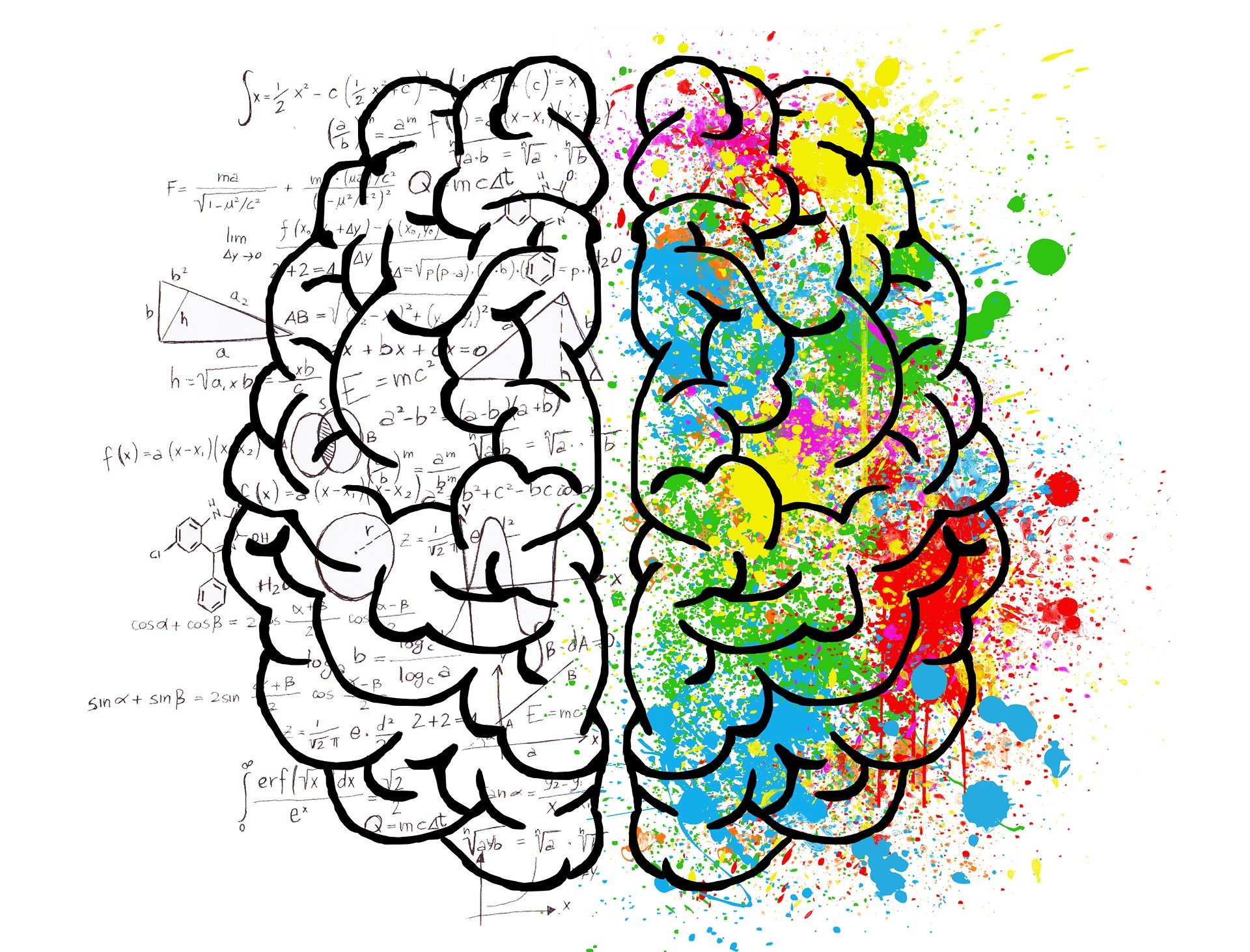Every time you are tempted to react in the same old way,
ask if you want to be a prisoner of the past or a pioneer of the future.
Deepak Chopra
The waves of lockdowns are yet to recede, and the naysayers who thought Covid was a fantasy are now coming to the reality that everyone knows one person who had it. As we strive to find a positive way to look to the battles ahead and ponder over what awaits us, there might be some hope and inspiration to be drawn from the 1918 Spanish Flu and the coming about of The Roaring 20s. A year ago, the general reset button was pressed, with its set of challenges and uncertainties, but also with an opportunity to reassess a number of things, including ourselves and our notion of self.
In previous newsletters, we have looked at the concept and dynamism of self-love and considered practical ways to adapt, improvise and overcome. In this newsletter, we take a different approach, looking at the past to find inspiration as we go within and explore some notions of self and practical ways to increase positive thinking and outcomes for you in your everyday life.

Distance, isolation, and the unknown
Due to World War I and records being destroyed, we don’t know exactly where the spanish flu originated from, except that it was carried by soldiers. Today, we know Covid travelled with its hosts, as we like to travel, and, with the advance of science and connectivity, we have an understanding of where the virus originated from. What about an end, you might say? The Spanish Flu of 1918 did not magically disappear; in reality, it was present and active in some form for over 2 long years, impacting a number of countries. However, on the positive side, some argue it may also have been a key rallying event in bringing about the Roaring 20’s; a reason for us to rejoice?

Yale Professor and Social Epidemiologist, Dr Nicholas Christakis argues that plagues and pandemic are not new, “they’re just new to us”, and they always end. “They ended even before we had vaccines to respond to them. And how we react to these germs – through social distancing for example – determines the force with which they hit our society”. (source)
Naturally, under the current circumstances, we struggle with the lack of human contact and movement; we are human after all and our nature is one of evolving in groups. However, there is a reason to remain positive. Christakis proposes that “once pandemics end, often there is a period in which people seek out extensive social interaction”. Can we thus look forward to a second “Roaring 20s” just as after the 1918 flu pandemic? (source)
What we can take from the above is that we can, and should, find the opportunities within the ongoing reality; finding the positive out of the negative. There are however no quick fixes such as a magic pill or money to make it go away. We thus have to take a step back, learn to go within, connect with ourselves, select our tools, tune in with our self-worth and self-love, replace our negative self-talk with some positive thinking habits, and be our best selves. The common idea that you cannot give what you do not have supports this idea, just as the famous “secure your own mask first before assisting others” instruction on flights. This might all be a bit fluffy for some of you. We thus dig a little deeper into some techniques and practical ways to help with the above.

Self (belief, love, worth, and esteem)
To create a positive outcome, your mind has to embrace self-belief, which is derived from self-worth. But what is self-worth?
You alone are the judge of your worth and your goal is to discover infinite worth in yourself,
no matter what anyone else thinks.
Deepak Chopra
Though self-worth is akin to self-esteem, there is a small yet important difference between the two notions:
“self–esteem is what we think, feel, and believe about ourselves, while self–worth is the more global recognition that we are valuable human beings worthy of love (Hibbert, 2013)”. (Source)
Self-worth thus refers to “the extent to which we accept, approve, and like ourselves, as well as to how much we value ourselves. It is highly related to our concept of self, which deals with the question, “Who am I?””. Self-worth refers to how we feel about “our concept of self. “People who have high self-worth possess a positive regard about themselves, whereas people with low self-worth possess negative regard about themselves”. In the quoted article, the author interestingly points out that when considering self-worth, it is important to remember that it is subjective, “based on our perception rather than reality and therefore it is highly influenceable”. (Source)
Self-worth and self-esteem are highly complex processes involving a number of different brain networks, including memory, learning, theory of mind, valuation, and emotional processing among others (Source). These emotions and activities associated with self-worth involve the cingulate cortex, which is a highly integrative structure that links together several brain regions.

How does one build self-love and break away from negative self-talk?
Build your left brain!
Studies argue that positive self-statements mainly activate the left hemisphere of your brain, while negative self-statements tend to activate the right hemisphere (Source). We don’t know why or how this affects us and some may look at this as an urban myth. Regardless of your personal view on the matter, the idea that “You become what you think about all day long.” (Ralph Waldo Emerson) is still a potent one in psychology. So, if you are having negative self-talk, work on the left to open up the right side, which allows you to express more positive vibes and beliefs. Finally, remember that negative self-talk is a form of habit; “the more you practice a habit, the stronger it becomes”. So why not get into the habit of changing that narrative to the positive?

Here are some key tips to help you build positivity in your life and to enhance your left-right brain connection:
- Analysis – Make a list of what you have, versus what you do not have (such as skills, health, friends, etc.) and embrace the treasures of your life; you always have more than you think!
- Logic – Get into the routine of doing something everyday, every week, every 2 weeks and every month. Once you take the discipline to take 5 minutes in the morning to self-reflect while you put your tea or coffee on, building 10 minutes in your day to work on the physical you becomes a piece of cake. Get into the routine of doing something for you everyday.
- Idea – Take the time to be creative; do something new, write, draw, play, paint… the list is endless.
- Facts – Bored of screen time? Suggest a group challenge to your family and friends which you can do together. This way, you build accountability whilst working on a collective outcome. Why not try our lower body workouts group challenge to sculpt and build a strong foundation for the body.
- Math – Small steps to achieve big steps; why not pick-up a sudoku and give your maths a little dusting; too easy? Take it to the next level; there are plenty of games and apps out there waiting for you.
- Training – Take some time to exercise regularly; yoga, HIIT, running, going for a walk – they all have one common factor: they clear your mind. There are no excuses; just solutions and a little motivation.
You, like us all, are a work in progress, and a masterpiece in the making. Stay focused on the person you want to become, and take intentional steps every day to get there. At all times, remember that self-love is not selfish. If anything, it’s the complete opposite.
Once you take care of you, you will radiate and communicate this positive energy to everyone around you.

Join our next challenge
At Blue Tiger Eyes Wellness, our self-love gift to you is our next 30-day lower body challenge starting 15th February. Stay tuned for further details and follow us on FB @bluetigereyewellness and on Instagram @Bluetigereye_wellness or sign-up below to recieve all the latest information.
Our yearly valentine gift:
- Sign-up before 10th February get 15% discount
- Weekly motivation to encourage you onto the next level
- Our inhouse PT Wilson fat your finger tips for advice on how you are progressing and what you need to do next
